Decoding India’s growth story, its needs, and the rest of the world
The rise of India over the past decades speaks to its growth story, which is today acknowledged by global institutions such as I.M.F. and the World Bank. India’s achievements over the past few years include the inclusion of the African Union into the G20, the progress on the United Nations Sustainable Development Goals (S.D.G.), the launch of critical multistakeholder partnerships such as the Global Biofuel Alliance and the Global Initiative on Digital Health, the reform of multilateral development banks, and the massive scaling of digital public infrastructure – demonstrate India’s ability to build consensus to address global challenges collectively and effectively.
Through its centers and initiatives, the World Economic Forum (W.E.F.) actively supported India’s G20 agenda during its leadership in 2023, which contributed to key thematic areas, including energy and health. On the economic front, India’s growth rate was 7.2% in the financial year (F.Y.) 2022-2023, and it was the highest among the G20 countries, almost double the average for emerging market economies.
India’s efforts to support stability and enact structural reforms have contributed to its economic resilience in the face of global challenges. Massive Investments in upgrading nationwide infrastructure and connectivity, including projects like the Bharatmala highway program, the Sagarmala project for port-led development, and the Smart Cities Mission, are transforming the country’s landscape and playing a key role in its economic advancement.
India began spreading a tangible foundation for a more digital economy over a decade ago in 2014 with the launch of its national identification program, Aadhaar (UID), for its over a billion population, which uses biometric I.D.s to establish proof of residence. Today, with a burgeoning tech industry, India has become a key center for innovation and technology services, boosting economic growth and positioning itself as a key player in mending the future of the digital economy.
Amidst a challenging global scenario with two wars between Ukraine—Russia and Israel—Palestine, India has emerged as a significant economic and geopolitical power as it cautiously exercises its foreign policy for the ongoing conflicts. As PM Modi has hailed, its moves in the coming time could further lay the groundwork for the country to become the world’s third-largest economy in the next five years and a developed nation by 2047.
Fulfilling India’s national and global ambitions will require strategic policymaking to balance economic growth, defense growth, social harmony, and environmental sustainability. India’s demographics will be advantageous to its growth story only if coupled with broad labor market reforms and human development efforts to skill one of the world’s largest workforces and address youth unemployment. Continued broad-based policy initiatives, monitoring and structural changes focused on inclusive growth, maintained revival in domestic consumption demand, and rapid adoption of new and emerging technologies to enhance productivity will be needed and indeed critical for the nation’s holistic sustained growth. Additionally, India must continue to engage in multilateral forums to address global issues such as environmental crises, economic disparities, and geopolitical tensions.
Presently, India needs impressive liberalization in terms of Foreign Direct Investment (FDI) and export regulations, boosting FDI from the rest of the world to massively boost India’s exports. For example, most notably, a policy referred to as the —production-linked incentives (P.L.I.) — where the government gives a small amount of subsidy to foreign firms that plan to come in India or domestic firms as well to get into various sectors in India so that it could benefit India by boosting exports that eat into China’s market share.
Besides that, there’s been a noteworthy investment in physical infrastructure currently taking place nationwide, with an impressive investment in digital infrastructure. Now, the results would show whether all of these things put together will be sufficient for India to be in a very rapid clip that successfully takes away some of China’s market share amid its trade war with the West. Apple is investing in India. There’s talk about the expansion of Apple’s footprint in India, as well as other top cellphone companies, and so on and so forth. However, China’s manufacturing exports are still around five times larger than India’s exports.
The facts are, indeed, that, at present, the Indian economy is doing very well, with the highest growth rates in the major economies. But if looked at all the ups and downs of COVID—compared to pre-COVID—the Indian economy has grown on average at about 3.5 percent a year, so it needs further improvement. Besides, India’s FDI flow has also been seeing a declining trend. A bigger concern is the rise in the share of reinvested earnings in net FDI inflows. It means the economy is struggling to attract newer investments as FDI in new equity grew by just 2.5 percent year-on-year in FY13-23 while reinvested earnings increased by 7 percent.
The reason for FDI not growing along with the economy is that genuine ease of doing business has not yet come in. There are still a lot of constraints and rigidities, so investors are still hesitant to put their money in India. Another major reason for India’s tepid FDI flows over the last decade is India’s termination of the majority of its Bilateral Investment Treaties (B.I.T.s) — agreements between two countries that provide diverse protections to companies from one country investing in the other. One of these protections is that any arbitration or court case involving the company would take place in a third country to eradicate any bias.
Today, developing countries such as China, India, Indonesia, Russia, and Brazil, as well as developed countries like the US, Germany, France, and Japan, are working towards the enhanced role of technology in economic growth. Hence, the countries are leading to a focus on policies supporting the research, innovation, and manufacturing of technology services and products. The resilient economies show a strong commitment to innovation, with specific focus areas including:
- Promoting new Advanced Technologies based – industrialization
- Facilitating the growth of the digital economy
- Expediting the development of artificial intelligence (A.I.) and machine learning (ML)
- Electric Vehicles
- Biotechnology
- Military Technology such as Drones, Aircraft
- Green technology
- Quantum computing
On one side, the Chinese Communist Party, under Xi Jinping’s leadership, is keenly focusing on A.I., Electric Vehicles, and Quantum Computing. On the other hand, developed countries like the U.S., the UK, Germany, and Japan are further making advancements in military technology and exports along with A.I., E.V.s, and Quantum computing areas. Meanwhile, low to middle countries like India, Indonesia, Brazil, and Vietnam are also focusing on the same areas but also working towards boosting their export markets by making inroads amid the ongoing US-China trade war to boost their economies.

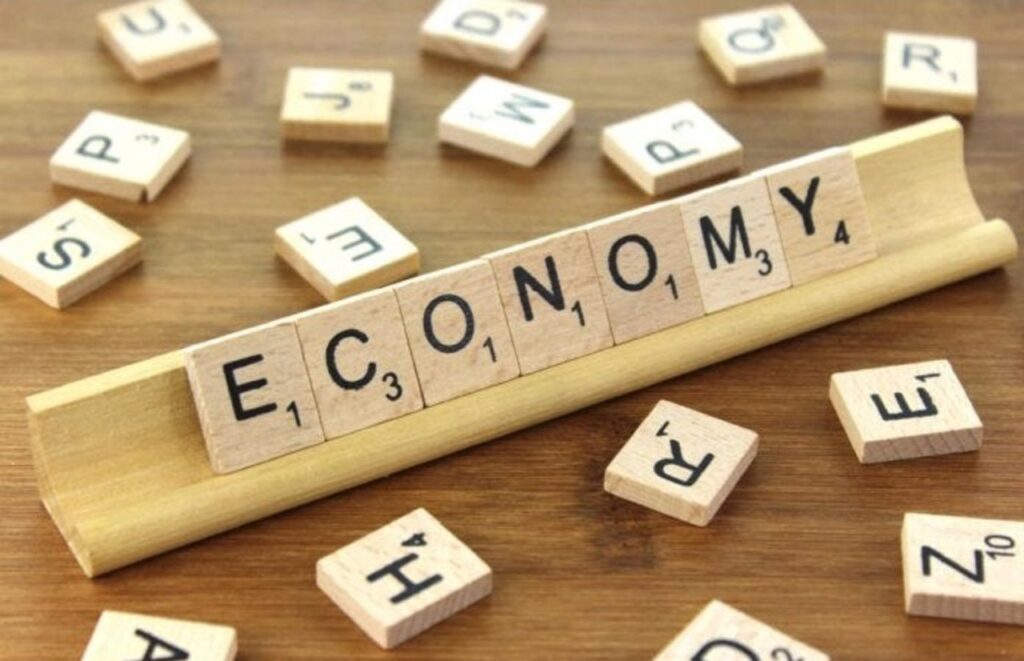
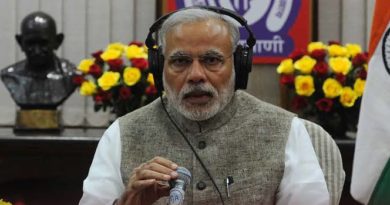
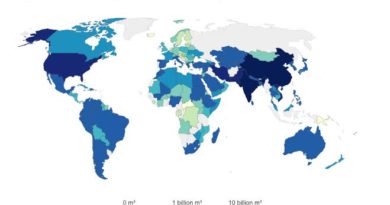

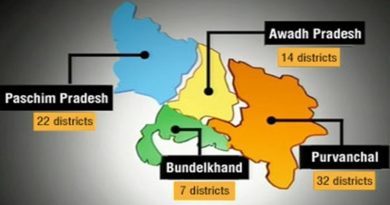
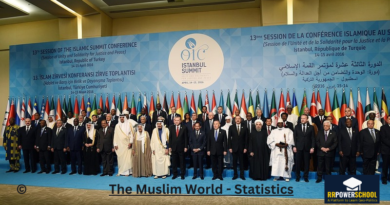


Nice write up
My pleasure!
You’ve broken this down so clearly, I appreciate it.
Thank you for some other informative site. The place else could I am getting that type of info written in such an ideal way? I’ve a project that I am just now operating on, and I have been on the glance out for such information.
Thank you!
So much of great knowledge…great blog
Awesome Blog!
Nice
Hmm…Great writeups on this blog
Deep Insights.
What a great site for Geopolitics lovers..awesome!!